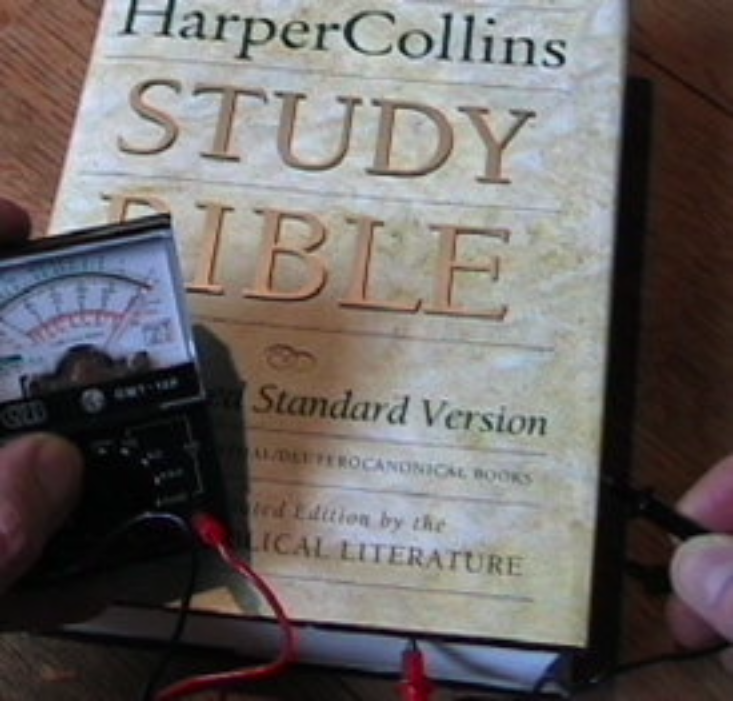So while the rest of you were enjoying your family Easter dinners, Carol and I were observing the holiday in our usual fashion — each sitting in front of our laptops. I spent the evening reading up on the Semantic Web. I got particularly interested in a subset of Resource Description Framework, or RDF. RDF is a way of presenting information on the Web that is machine-readable, and therefore which will make it much easier to find exactly what you’re looking for when you search the Web.
What I got interested in is a subset of RDF called FOAF, which stands for “Friend of a Friend.” Here’s what FOAF-Project, the creators of FOAF, claim:
The Friend of a Friend (FOAF) project is creating a Web of machine-readable pages describing people, the links between them and the things they create and do.
For example, FOAF-Project is working on a FOAF browser, which would show you the links from one person’s Web site to their friends and family and co-workers. The current FOAF specifications also allow you to specify your workplace, interests, contact information, and even your Geek Code.
After spending some hours reading up on FOAF and related topics, I came to the conclusion that FOAF is a great idea — or at least it will be a great idea, if it is actually ever implemented in a user-friendly way.
As it turns out, there are other ways to accomplish similar kinds of things. There are the commercial social netowrking sites that allow their users to do this sort of thing. Anad as any blogger knows, your blogroll is actually a social networking tool:– it’s a list of other bloggers with whom you have some connection (however fleeting). However, a blogroll doesn’t give you much beyond a bare link.
But the blogging software I use actually implements a kind of social networking called XHTML Friends Network, or XFN. Embedded in my blogroll are markers that tell what kind of relationships I have with the bloggers I link to. If you go to RubHub, an XFN search engine, and enter the Web address of my blog, you’ll get a list of all the bloggers I link to, along with what I claim is their relationship to me. You can then in turn check out those bloggers, and see their relationships to still other bloggers. (Oops — although I’ve requested that they add my site, they haven’t added me yet….)
XFN is still pretty new, and still not widely used. But even so, it gives you a taste of what it could be like to embed machine-readable relationship information into your Web site. Someday, I’d like to see every Unitarian universalist blogger linked up through some such scheme — whether FOAF or XFN or what-have-you. It would make it far easier for readers and bloggers to explore the large Unitarian Universalist web on the Web.
And I got so involved in this fascinating topic that I forgot to call my dad, as I usually do on Sunday evenings. Sorry, Dad! I’ll call tomorrow.

